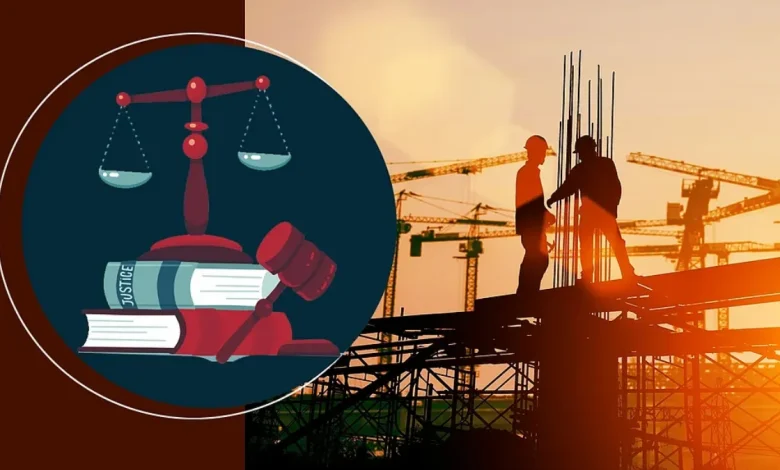
India has ushered in a transformative labour era as the government enforces the Four Labour Codes — the Code on Wages (2019), Industrial Relations Code (2020), Code on Social Security (2020), and Occupational Safety, Health and Working Conditions (OSHWC) Code (2020) — representing one of the most extensive workforce reforms since Independence.
Describing it as a “historic decision,” the government stated that the initiative consolidates 29 existing central labour laws, streamlines a century-old regulatory structure and extends protections to hundreds of millions of workers. The implementation took effect on November 21, 2025.
Addressing the reform, Prime Minister Narendra Modi posted on X: “Shramev Jayate! Today, our Government has given effect to the Four Labour Codes. It is one of the most comprehensive and progressive labour-oriented reforms since Independence. It greatly empowers our workers. It also significantly simplifies compliance and promotes ‘Ease of Doing Business'”.
He further noted that the Codes will establish “a strong foundation for universal social security, minimum and timely payment of wages, safe workplaces and remunerative opportunities… especially Nari Shakti and Yuva Shakti” and will “accelerate our journey towards a Viksit Bharat”.
What the New Codes Mean for India
For decades, India functioned under labour laws formulated between the 1930s and 1950s — regulations designed for a pre-digital, pre-gig economy. Fragmented legislation resulted in overlapping compliance requirements, antiquated systems and insufficient protection for workers outside the formal sector.
The Four Labour Codes replace this fragmented system with a unified, contemporary legal framework that the government claims will create “a protected, future-ready workforce and resilient industries”.
The transformation brings India in line with global standards, consolidates rights into four comprehensive laws and extends benefits to previously unprotected workers — particularly gig workers, migrants, contract labour and MSME employees.
What Changes: Key Before-After Shifts
The new labour ecosystem introduces major structural changes across employment, wages, safety and compliance:




